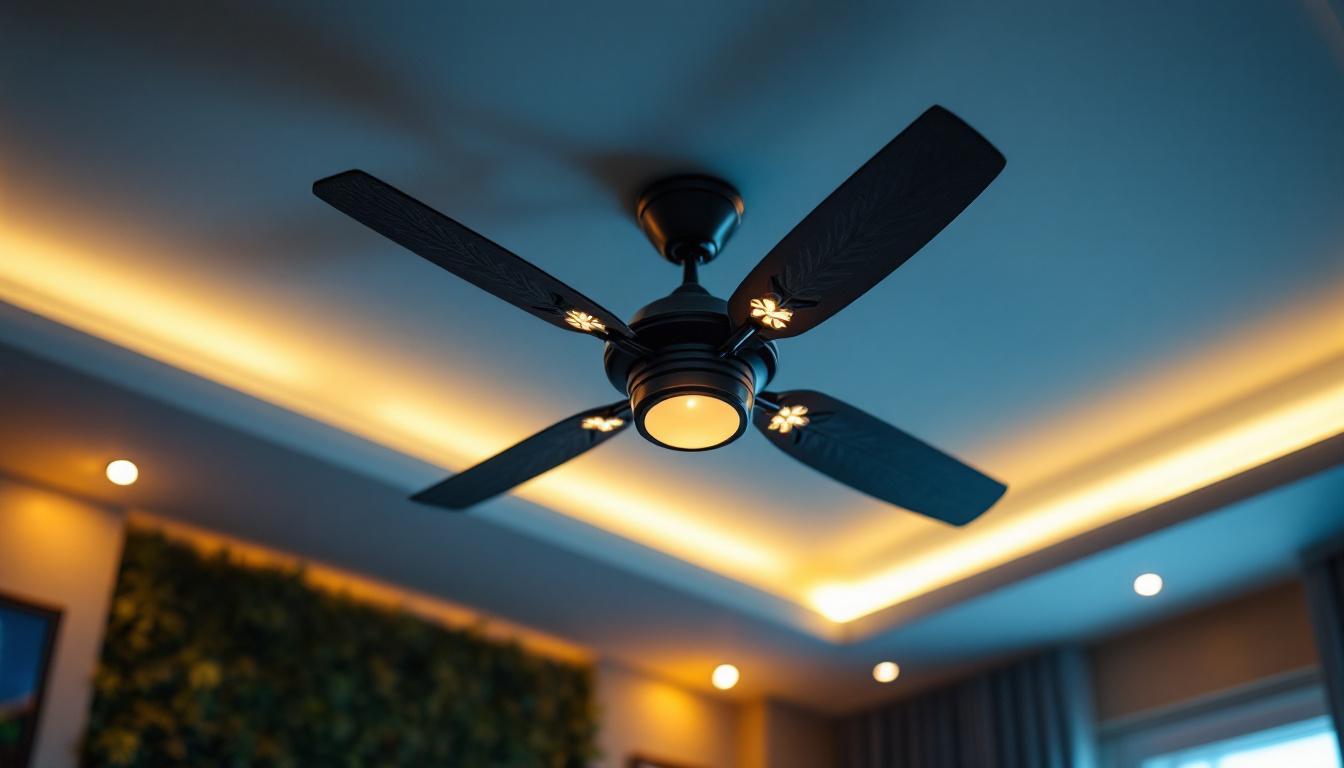
As the demand for energy-efficient appliances continues to rise, lighting contractors must adapt to the evolving needs of their clients. One area where this is particularly important is in the installation of washer dryer outlets. Understanding the best practices for these installations not only enhances the functionality of the space but also ensures safety and compliance with electrical codes. This article outlines essential guidelines and considerations for lighting contractors when working on washer dryer outlets.
Washer dryer outlets are specialized electrical connections designed to power laundry appliances. These outlets differ from standard electrical outlets due to the specific voltage and amperage requirements of washers and dryers. As a lighting contractor, it is crucial to understand these differences to ensure proper installation and functionality.
There are two primary types of washer dryer units: stackable and side-by-side. Stackable units are designed to save space, making them ideal for smaller homes or apartments. Side-by-side units, on the other hand, offer more accessibility and ease of use. Each type may have different electrical requirements, which must be taken into account during installation. Furthermore, stackable units often come with the added benefit of being more energy-efficient, as they can be designed to use less water and electricity compared to traditional side-by-side models. This can be a significant consideration for environmentally conscious homeowners looking to reduce their carbon footprint.
Most washers require a 120-volt outlet, while dryers typically need a 240-volt outlet. Understanding these requirements is critical for lighting contractors to ensure that the correct outlet is installed. Additionally, it is essential to consider the amperage; most dryers require a 30-amp circuit, while washers usually operate on a 15-amp circuit. Failure to adhere to these specifications can lead to equipment malfunction or even fire hazards. Moreover, it is important to note that local building codes may have specific regulations regarding the installation of these outlets, including the use of GFCI (Ground Fault Circuit Interrupter) protection in certain areas. This added layer of safety is particularly important in laundry rooms, where moisture can pose a risk of electrical shock. Ensuring compliance with these codes not only enhances safety but also contributes to the longevity and efficiency of the appliances being used.
Proper planning is key to a successful washer dryer outlet installation. This involves assessing the space, determining the electrical load, and ensuring compliance with local codes.
Before installation, evaluate the available space for the washer and dryer. Ensure that there is adequate room not only for the appliances but also for ventilation and access to the outlets. Proper spacing can prevent overheating and ensure that appliances operate efficiently. Additionally, consider the placement of the appliances in relation to existing plumbing and drainage systems, as this can significantly affect installation time and costs. If the laundry area is small, think about stacking the washer and dryer to maximize floor space, or explore compact models that fit snugly in tight quarters without sacrificing performance.
Calculating the electrical load is a critical step in the planning process. This involves determining the total wattage of the appliances and ensuring that the circuit can handle the load without tripping breakers. A thorough load calculation helps in selecting the appropriate wire gauge and circuit breaker size. It’s also essential to consider any additional appliances or devices that may share the same circuit, as this can impact overall performance. Consulting with a licensed electrician can provide valuable insights into the specific requirements for your setup, ensuring that the installation adheres to safety standards and operates efficiently. Furthermore, understanding the energy consumption of modern washers and dryers can help you make informed decisions about your energy usage and costs over time, potentially leading to savings on your utility bills.
Once planning is complete, the next step is the actual installation of the washer dryer outlet. Following best practices during this phase is crucial for safety and functionality.
The location of the outlet should be easily accessible yet out of the way to prevent accidental damage. Ideally, the outlet should be placed above the floor and near the appliances to minimize the length of the power cords. Additionally, ensure that the outlet is not obstructed by other items, which could pose a safety risk. Consider the layout of your laundry area; it may be beneficial to position the outlet on a wall that allows for easy access while also keeping it out of reach of children or pets. This careful planning can help streamline your laundry tasks and enhance the overall efficiency of the space.
When wiring the outlet, it is essential to use the correct gauge wire to handle the electrical load. For a 240-volt dryer, typically, a 10-gauge wire is recommended. For a 120-volt washer, a 14-gauge wire is usually sufficient. Additionally, ensure that all connections are secure and that the wiring is properly insulated to prevent short circuits. It’s also advisable to use a dedicated circuit for each appliance to avoid overloading the system. This not only helps in maintaining optimal performance but also reduces the risk of tripped breakers and potential fire hazards, ensuring that your laundry appliances operate smoothly and safely.
Grounding is a critical safety feature that protects against electrical shock. Ensure that the outlet is properly grounded according to local electrical codes. This typically involves connecting the ground wire to the outlet and ensuring that the electrical panel is also grounded. Proper bonding between the outlet and the electrical system is essential for safety. Furthermore, consider using GFCI (Ground Fault Circuit Interrupter) outlets in laundry areas, as they provide an additional layer of protection by shutting off power in the event of a ground fault. This is particularly important in areas where moisture is present, as it significantly reduces the risk of electrical shock, making your laundry environment safer for everyone involved.
Adhering to local electrical codes is not just a legal requirement but also a best practice that ensures safety and reliability. Lighting contractors should familiarize themselves with the National Electrical Code (NEC) and any local amendments that may apply to washer dryer outlet installations.
Before starting any installation, check if a permit is required. Many jurisdictions require permits for electrical work, especially for new installations or significant modifications. Additionally, scheduling an inspection after the installation is complete can help identify any potential issues and ensure compliance with safety standards.
Electrical codes can change over time, so it is vital for lighting contractors to stay informed about any updates. Regular training and continuing education can help contractors remain compliant and knowledgeable about the latest requirements and best practices.
Safety should always be a top priority during the installation of washer dryer outlets. Implementing proper safety measures can prevent accidents and ensure a successful installation.
Wearing appropriate personal protective equipment is essential when working with electrical systems. This includes safety glasses, gloves, and insulated tools. PPE can help protect against electrical shock and other hazards associated with electrical work.
Before beginning any installation, it is crucial to shut off the power at the circuit breaker. This step minimizes the risk of electrical shock and ensures a safer working environment. Always use a voltage tester to confirm that the power is off before proceeding with any wiring.
After the installation is complete, there are several important considerations to ensure the outlet functions correctly and safely.
Once the outlet is installed, testing it is essential to confirm that it is functioning correctly. Use a multimeter to check the voltage and ensure that the outlet is providing the correct power to the appliances. Additionally, check for any signs of overheating or loose connections.
After installation, take the time to educate the client about the new outlet and its proper use. Provide information on the importance of not overloading the outlet and the signs of potential electrical issues. This knowledge can help the client maintain their appliances and ensure their safety.
Even experienced lighting contractors can make mistakes during the installation of washer dryer outlets. Being aware of common pitfalls can help prevent issues down the line.
One of the most common mistakes is underestimating the electrical load required for the appliances. This can lead to circuit overloads and potential fire hazards. Always perform a thorough load calculation before installation.
Failing to adhere to local electrical codes can result in fines, unsafe installations, and potential legal issues. Always research and comply with the necessary codes and regulations to ensure a safe and compliant installation.
Installing washer dryer outlets requires careful planning, adherence to electrical codes, and a commitment to safety. By following best practices, lighting contractors can ensure that their installations are not only functional but also safe and compliant. Staying informed about electrical requirements and local codes, as well as educating clients on proper usage, will contribute to successful installations and satisfied customers.
In an ever-evolving industry, lighting contractors must remain adaptable and knowledgeable. Embracing these best practices will not only enhance the quality of work but also build a reputation for reliability and professionalism in the field of electrical installations.
Ready to take your electrical installations to the next level? LumenWholesale is here to support you with premium, spec-grade lighting products at unbeatable wholesale prices. Say goodbye to local distributor markups and hello to a vast selection of high-quality lighting that meets the most rigorous industry standards. With LumenWholesale, you can enjoy the convenience of bulk buying with free shipping, ensuring you get the best value without any hidden costs. Elevate your lighting solutions today and give your clients the performance they deserve. Visit LumenWholesale for Wholesale Lighting at the Best Value.

Explore the intricate science of ceiling fans with fancy lights and discover how they can transform spaces.

Discover the latest trends in cleaning light fixtures that every lighting contractor needs to know.

Discover how Ed Lighting revolutionizes project efficiency with innovative solutions and cutting-edge technology.

Discover why LED shops are a game-changer for lighting contractors.